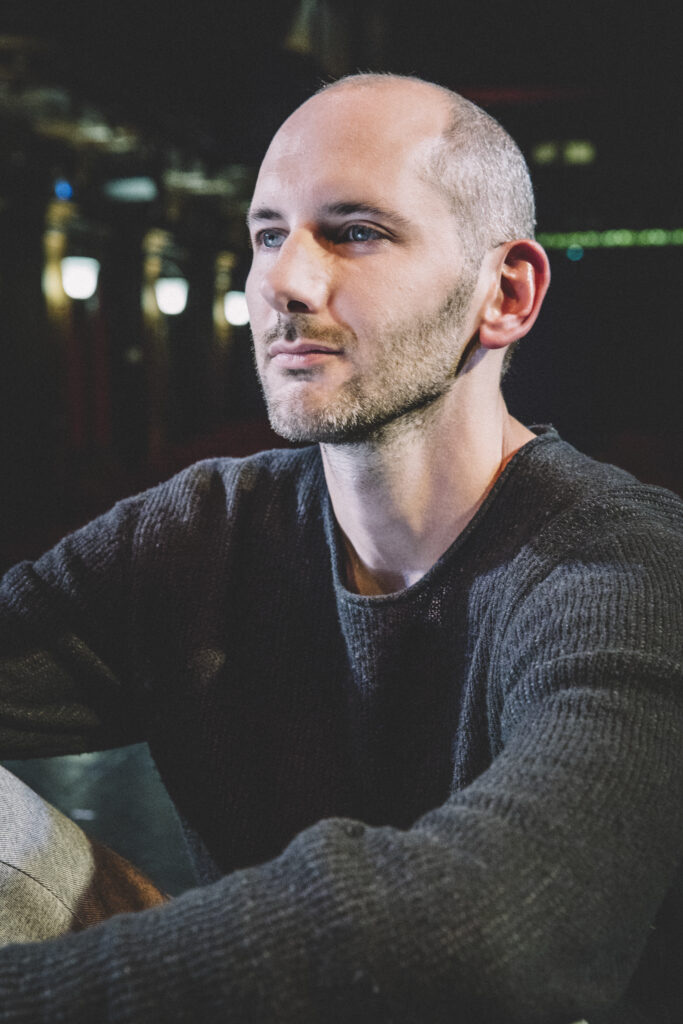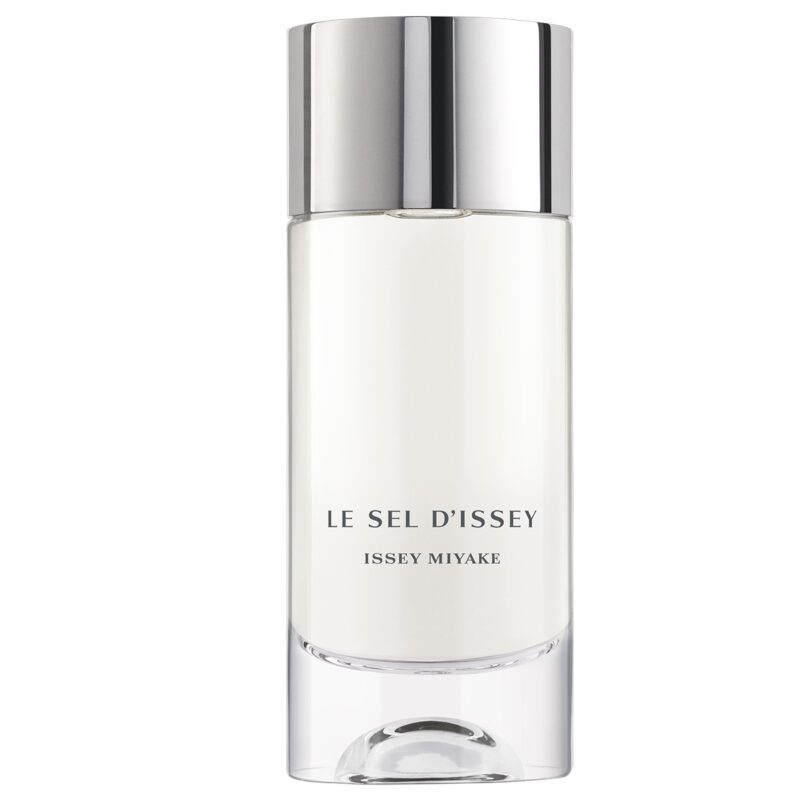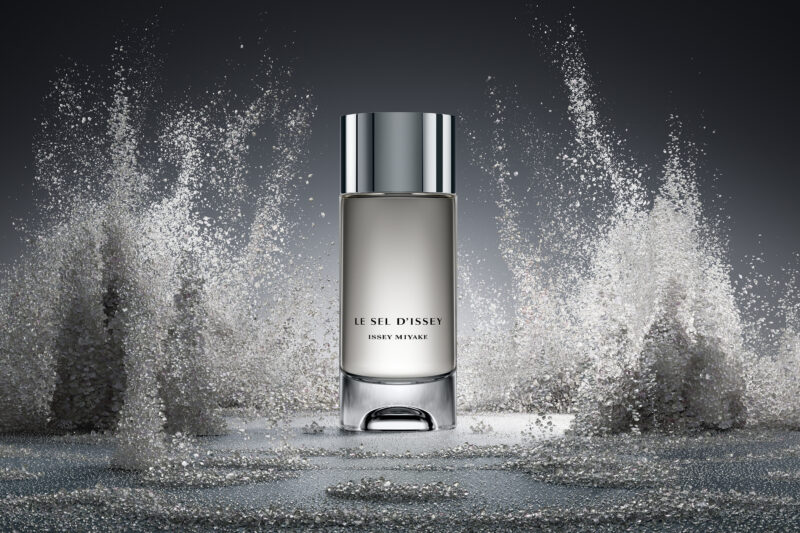BORN IN Strasbourg, the 41-year-old Quentin Bisch’s journey to becoming a leading perfumer has taken an unconventional route. Traditionally, you need to study chemistry first in order to become a perfumer, however for Bisch this wasn’t the case – “unfortunately I wasn’t good at science,” he confesses.
Despite being fascinated by fragrance from an early age, Bisch started out by studying dance and music and ran a theatre company for six years. Still, the lure of perfume was too much for him and he wrote to perfumers he admired asking for advice about how to break into that world professionally. They noticed he had “something special” and advised him not to give up.
Bisch managed to secure a job as an assistant perfumer in Grasse with master nose Michel Almairac, at the fragrance and flavour company Robertet. After this, he was accepted as a student at Givaudan’s perfumery school. He was taught there by another fragrance legend, Jean Guichard, as well as his mentor Almairac.

Quentin Bisch
Since then and quickly, Bisch has become the nose behind an extraordinary number of fragrances and is one of the industry’s most highly sought-after perfumers.
Bisch made his fine fragrance debut in 2010 with Reminiscence Essence EDP. Following this, he has worked with some of the biggest companies in the fragrance world such as Mugler, Chloé, Gucci and Jean Paul Gaultier, as well as creating perfumes for covetable cult brands like Etat Libre d’Orange, the Parfums de Marly Delina line, Marc-Antoine Barrois and Maison Crivelli.
“I totally get to dive into the brand’s DNA and become their internal perfumer. I am not the same perfumer when I work for Chloé or for Paco Rabanne,” he notes.
Bisch is, perhaps, influenced by his teachers Almairac and Guichard, both known for their short formulas, focussing on one ingredient. He explains, “With increasing confidence, I tend to go straight to the point. My formulas are bolder and shorter.”

Le Sel d’Issey
Created by legendary nose Jacques Cavallier for Japanese fashion designer Issey Miyake, L’Eau d’Issey was launched 1992, with the male flanker, L’Eau d’Issey pour Homme, debuting in 1994. The enormously popular L’Eau d’Issey struck a clear – almost stark contrast – to the ubiquitous amberesque and florals fragrances of the time, such as Poison and Angel, with its fresh aquatic oceanic transparent tones as well as being encased in strikingly elegant, slender and minimalist bottle.
Now, 32 years on from the initial debut of L’Eau d’Issey, brand owner Shiseido has picked Bisch to create the latest addition to the line – Le Sel d’Issey.
Bisch says he has a “deep fascination and admiration, both as a customer and a perfumer”, with the original L’Eau d’Issey “whether the men’s or women’s version, is a series of paradoxes: signature strength and intense freshness — but freshness that is very real, very present, not vague or evanescent.
“This fragrance represents a certain frugality, but at the same time is extremely complex, with endless facets that you gradually discover as you wear it.”
“I have to admit I’m very mindful of nature and its changes. I like the seasons and all the contrasts that nature has to offer, and I really identify with this perfume and this brand.”

Le Sel d’Issey
Did you get a specific brief from Shiseido/Issey Miyake for Le Sel d’Issey or were you given free rein to create a new scent?
There were creative back and forths after a first strong idea as a starting point. I wanted to work with the concept of movement, the infinite surf of the waves and this salt as a mineral memory deposited on the earth. The idea of working with a salty and pure woodiness took hold. With the Issey Miyake team, we sought to facet the subject while preserving the singularity of the initial idea.
If there was a brief, how did you go about interpreting it?
Yes, the brief asked to reinvent a new masculinity from Issey Miyake which is different from the previous ones, and in particular from L’Eau d’Issey, but which maintains a correlation of what the brand is, emotionally and aesthetically speaking.
What was your process in envisaging or creating the smell of salt, which is scentless?
I wanted to create the smell of that exact transition point that exists between land and sea, when the waves recede. The memory of the water left on the earth; this salt deposited like an imprint.
How many iterations did it take to get to the finished perfume?
There were many iterations because work on this perfume lasted a year and a half.
How did you know when it was finished?
Simply when the client tells me it is finished.
L’Eau d’Issey was such a ground-breaking revolutionary fragrance – how have you approached the next chapter for this classic?
Launched 30 years after L’Eau d’Issey pour Homme, Le Sel d’Issey is a tribute to today’s masculinity, reconnected to its senses, conjuring up the image of a beneficent nature that transmits to men the impetus, drive and desire to live intensely.
What challenges did you face in creating Le Sel?
It was a matter of passing after these monuments that are L’Eau d’Issey. We had to look for a new signature, to differentiate ourselves while respecting the DNA of Issey Miyake.
What is your opinion of L’Eau d’Issey? Does it have any particular meaning or significance to you?
I greatly admire both perfumes, the feminine and the masculine. When I was younger these two perfumes were worn by adults around me. They are powerful and very characteristic perfumes. Both did not leave me indifferent. They marked me when I was younger as perfumes worn by people with a lot of confidence, charisma, so perhaps they had even more charisma thanks to the perfume. But the fact remains that this universe has always fascinated me, so I dreamed of working for Issey Miyake.
What is it like being the custodian of such a significant perfume?
I worked thinking about what Mr Miyake might think of this work and I hope he would have liked it. [Discussing his belief that Mr Miyake would have approved of the design of the bottle.] The perfume reflects and embodies the purity of the bottle, the way that light passes through the glass with such fluidity, the movement intrinsically linked to the design affirming the freedom of the lines.
by Caroline Simpson
Le Sel d’Issey is available now at isseymiyake.com
